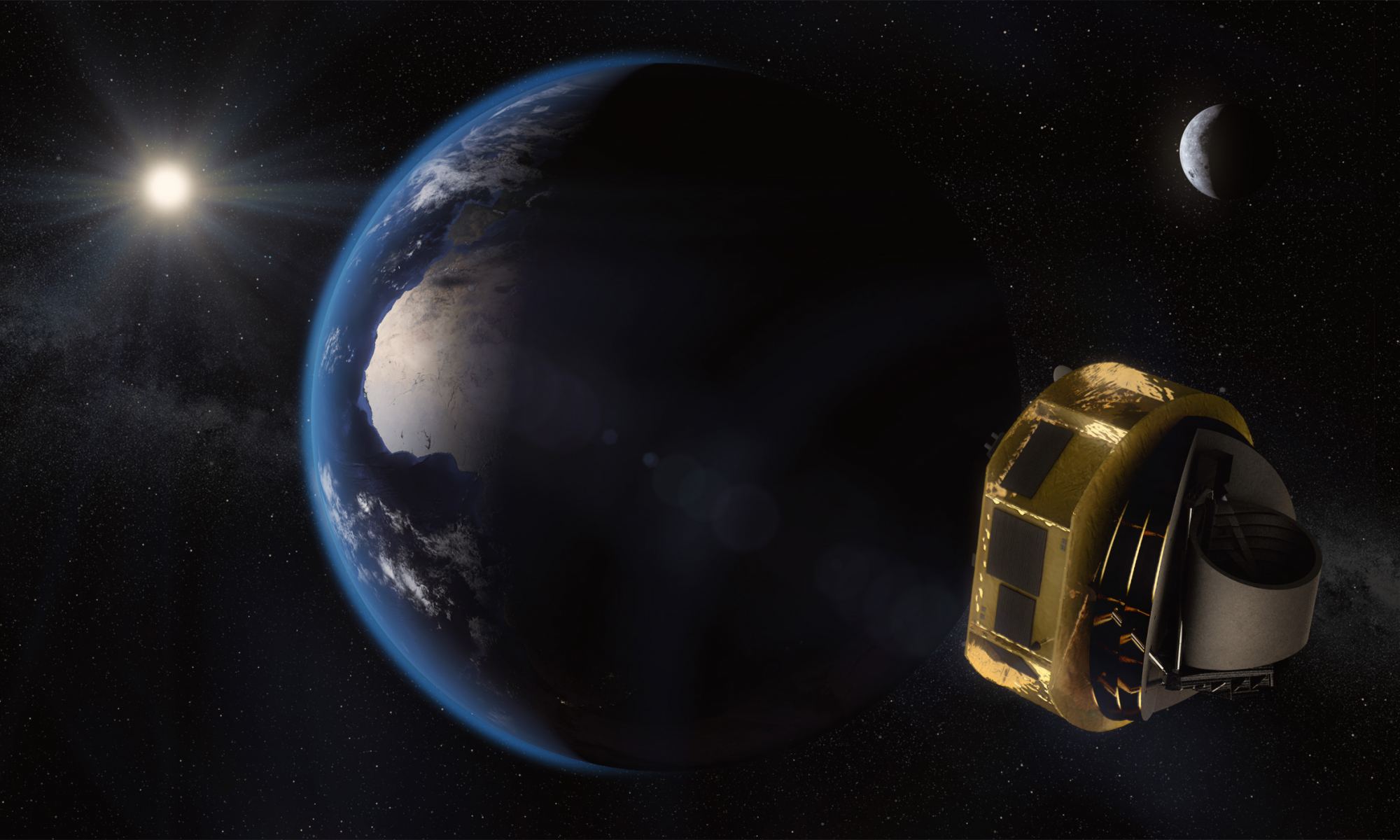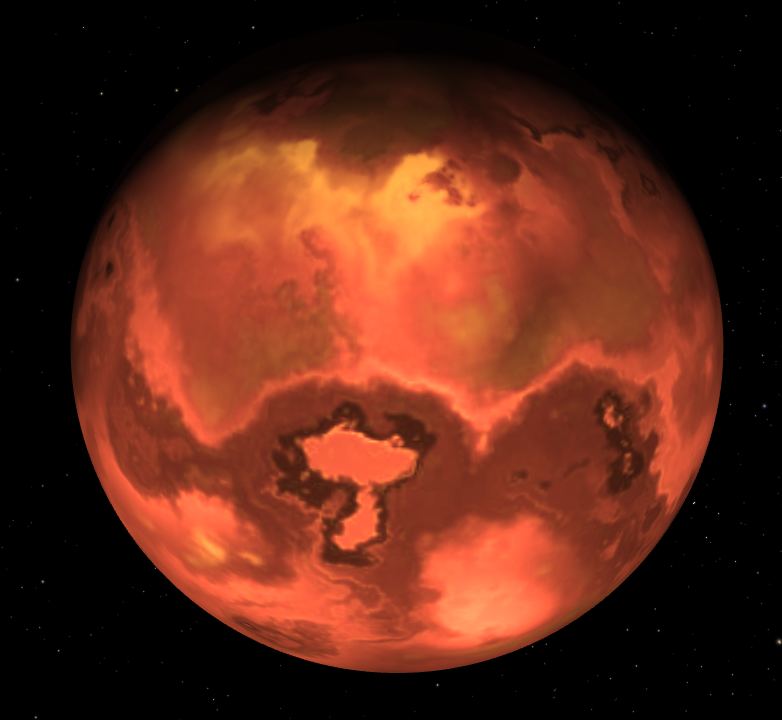


We found our first exoplanets orbiting a pulsar in 1992. Since then, we’ve discovered many thousands more. Those were the first steps in identifying other worlds that could harbour life. Now planetary scientists want to take the next step: studying exoplanet atmospheres. The ESA’s ARIEL mission will be a powerful tool.

We’re accustomed to thinking about exoplanets in relation to the planets in our own Solar System. But exoplanet compositions can vary greatly. ARIEL will help us understand them better. This artist’s illustration shows the theoretical internal structure of the exoplanet GJ 3470 b. It is unlike any planet found in the Solar System. Weighing in at 12.6 Earth masses the planet is more massive than Earth but less massive than Neptune. Unlike Neptune, which is 3 billion miles from the Sun, GJ 3470 b may have formed very close to its red dwarf star as a dry, rocky object. It then gravitationally pulled in hydrogen and helium gas from a circumstellar disk to build up a thick atmosphere. The disk dissipated many billions of years ago, and the planet stopped growing. The bottom illustration shows the disk as the system may have looked long ago. Observation by NASA’s Hubble and Spitzer space telescopes have chemically analyzed the composition of GJ 3470 b’s very clear and deep atmosphere, yielding clues to the planet’s origin. Many planets of this mass exist in our galaxy. Image Credit: NASA.

This graphic shows the difference between transits and occultations using exoplanet WASP-189 b as an example. When a planet passes in front of its star as seen from Earth, the star seems fainter for a short time. This phenomenon is called a transit. When the planet passes behind the star, the light emitted and/or reflected by the planet is obscured by the star for a short time. This phenomenon is called occultation. Credit: © ESA

The changes in starlight reflected by a planet as it orbits its star provide insight into the physical processes that drive the transport of heat from the hot day side to the cooler night side. Analysis of the phase curves also reveals details of the planet’s atmosphere, including the presence of clouds, and possibly even hints of the cloud composition. Image Credit: ESA

This figure shows the sky positions of ARIEL’s potential targets in three tiers. Having targets scattered across the entire sky is beneficial for the scheduling of observations. Credit: Edwards et al. 2019.

This is an artist’s illustration of the exoplanet LHS1140 c,which is about 50 light years away. It’s a potentially rocky world that’s larger than Earth. Scientist’s don’t think it’s potentially habitable, but it’s an interesting target because of its composition and its dense atmosphere. It orbits an M-type star (red dwarf) that’s cooler and dimmer than our Sun. Image Credit: NASA
This week's guest is Dr. Jessie Christiansen, aka the Aussie Astronomer. Jessie is an exoplanet researcher working at NASA's Exoplanet Science Institute at Caltech. We'll talk all things exoplanets. Dr. Jessie Christiansen, aka the Aussie Astronomer. NExScI: NASA Exoplanet Science Institute Follow her on Twitter at:Dr. Jessie Christiansen, aka the Aussie Astronomer. 00:25 Guest introduction 01:25 Too many planets discovered? 04:09 TESS update 08:00 Why finding Earth 2.0 will be tough 09:25 New space telescopes in the works 10:25 Longest orbit exoplanet 12:49 Could Population 3 stars have planets? 15:39 Can you to detect the axial tilt of exoplanets? 19:04 Excited about JWST? 22:54 Oldest planetary system 24:17 Can we build LUVOIR? 27:28 Will TESS last for years? 28:28 Find out more about Dr. Christiansen Jessie had to go, so the rest of the episode is me solo 29:35 Can we see the Big Bang 30:22 What's with my new avatar? 31:27 Can we use gravitational waves to detect exoplanets? 33:17 Finding planets with gravitational microlensing 35:17 Best idea for FTL 37:57 Negative mass 38:43 Temperature before the Big Bang 39:50 What should we do with ISS? 42:32 Future of inflatable modules? 45:31 Why are there different theories about the size of the Universe? 47:58 What would I do with a billion dollars? 49:32 NASA dropping SLS? 54:20 Favorite YouTube space communicators 58:38 Preview of upcoming interviews Audio Podcast version: Universetoday audio via RSS: ITunes:Video Podcast version: UniverseToday video via RSS: Universetoday's youtube channel Sign up to my weekly email newsletter: Weekly Space Hangout: Astronomy Cast: Support us at:Support us at: Follow us on Tumblr: More stories at Follow us on Twitter: @universetoday Like us on Facebook: Instagram - Support us at:Support us at: Instagram - Team: Fraser Cain - @fcain / frasercain@gmail.com Karla Thompson - @karlaii Chad Weber - Chloe Cain - Instagram: @chloegwen2001 Music: Left Spine Down - “X-Ray” Team: Fraser Cain - @fcain / frasercain@gmail.com